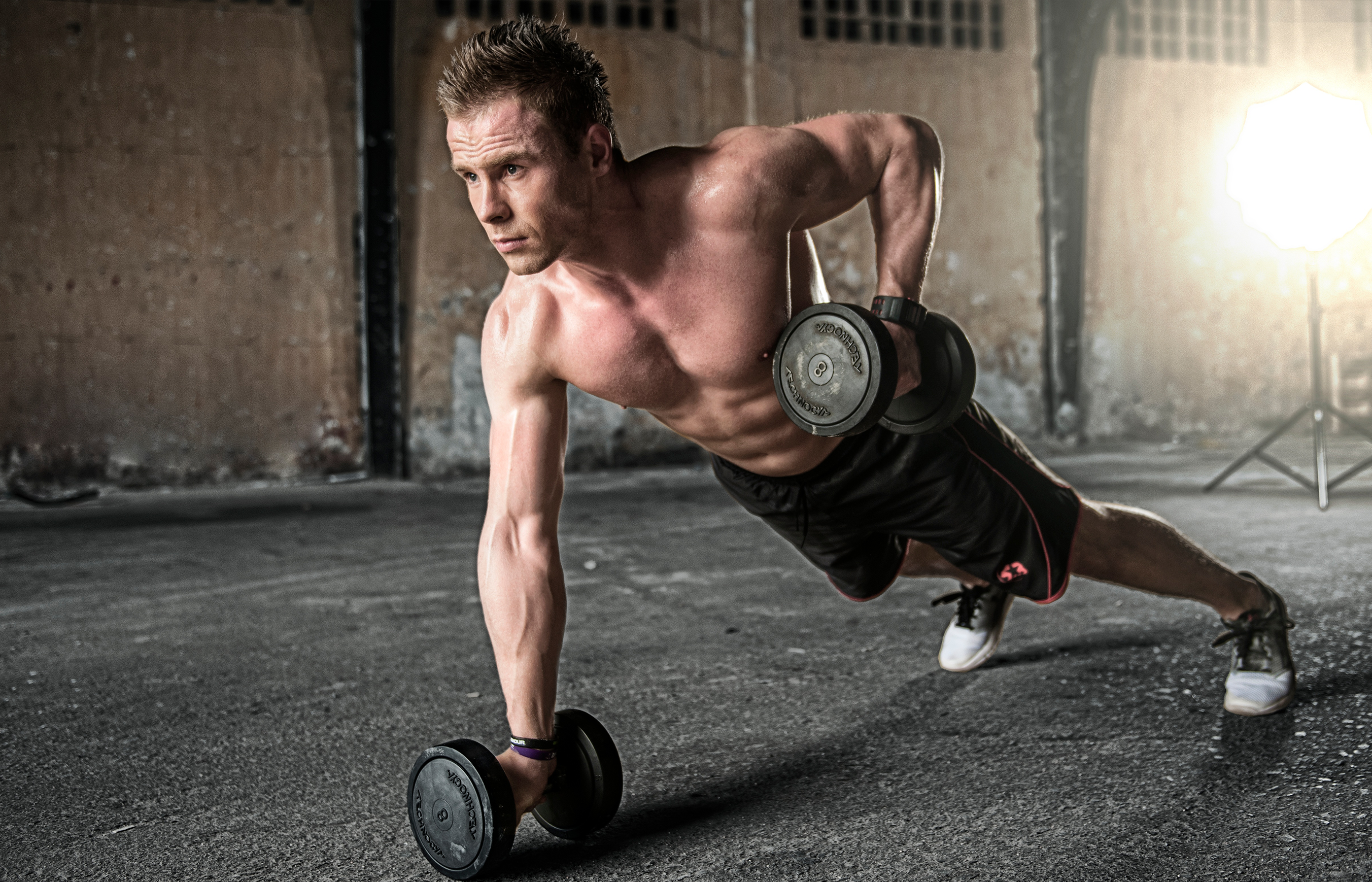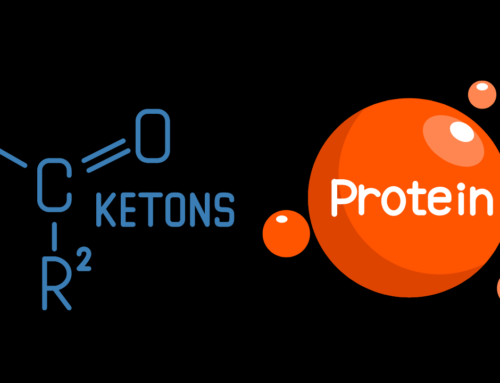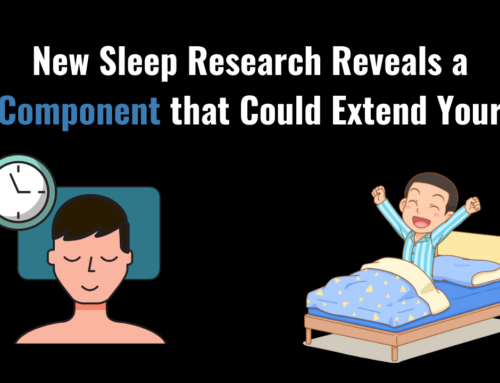Just the other day (literally), a new paper looking at long term (10 weeks, which is long term for most research), investigated what is the best scheme for making your muscles bigger.
The geeky term for bigger muscles is hypertrophy and this study did not use anyone with tails (all human subjects). Score one for the researchers on that point.
The question they were looking to answer was
“Do you need to lift heavy to get bigger?”
Common bro-science would say yes, but is this supported via research?
In this study by Mitchell CJ, et al. 2012 from Dr Stu Phillips lab, they tackled this question.
Short Term Response Only?
Many studies looking at this question are only acute studies where people come in to the lab, they do some measurements, and then they go home.
That is all cool, but the process of creating bigger muscles does not in one night. It takes time and effor spread out over many weeks. Keep this in mind and we will come back to it.
In 2009, Burd, NA et al. from Phillips group showed ACUTLEY that a low load, but high volume (volume = weight x reps x sets) of weight training did stimulate muscle protein synthesis (stuffing amino acids into muscles to make them bigger and stronger) as compared to a high load, LOW volume approach.
They compared 3 groups
90% 1RM taken to failure (90FAIL)
30% 1RM in which the external was work-matched to 90FAIL (30WM)
30% 1RM in which the subjects performed the sets until volitional failure (30FAIL)
Table 2 below shows the parameters

Notice that the volume for the 90FAIL and 30 WM groups was the same.
Interestingly enough, for the myofibular response (the muscle fibers themselves, shown in teh second graph below), only the 30 FAIL group demonstrated a response in protein synthesis at 24 hours.

Fasted-state mixed (A), myofibrillar (B), and sarcoplasmic (C) protein synthesis (FSR) at rest and following resistance exercise. (Burd, NA et al. 2010)
In English Please
From this acute data, it tells us that muscle protein synthesis (making bigger muscles) is still happening a whole day after lifting, but only in the 30FAIL group, who moved the most weight in the study (highest volume lifted).
Looks like volume is winning as an important aspect for bigger muscles! This was supported by other acute data from Burd, NA et al. 2010 also.
The downside of this paper was that it was an acute response, which many times does not hold up over several weeks.
Acute Muscle Soreness
Muscle soreness is a common one where the acute (short term) response is different from the longer term (more chronic) response.
For example, I went on a hike years ago up a local mountain. It took me most of the day to get up to the top, but only a couple hours to get down. This fast downhill running made my quads retardedly sore via DOMS (delayed onset muscle soreness). I was hobbling like a 90 year escapey from Shady Pines looking for his walker.
However, a few days later I got convinced we should do it again and since I am a glutton for punishment, I said “yes!” This time, despite doing the same thing, I had little soreness since the acute stimulus (running downhill) did not have the same effect on my muscles.
The point is that an acute effect may not hold up over time.
In the recent study (Mitchell CJ, et al. 2012) they took eighteen men about 21-22 years old and randomized them to 2 of the following training conditions:
- 30% of 1 RM (rep max) for 3 sets
80% of 1 RM for 1 set or
80% of 1 RM for 3 sets
The cool part was that each only trained ONE of their legs using the parameters above, so the opposite leg served as a comparison control.
Unlike the Burd, NA et al. 2009 study where they only looked at the acute response, this time they did a long term study for 10 weeks.
To determine muscle hypertrophy (muscle volume), they used magnetic resonance (MR) in addition to stabbing out chunks of tissue via pre- and post-training biopsies of the vastus lateralis (quad muscle) plus 1 post-exercise (1 hour) biopsy following the first bout of exercise.
Yep, the subjects got to exercise only 1 leg, get stabbed in the leg for chunk of tissue, jammed into an MRI, and infused with radioactive protein, all in the name of science!
Did Their Muscles Get Bigger?
Measurements after training were significant (p<0.01) so they did get bigger, BUT there was no difference between the 3 groups.
Interestingly, for the uber geeks out there, no correlation was seen between phosphorylation of any signalling protein and hypertrophy. For all of those bro-scientists suffering from mTOR-itis, this is a big blow!
It did match their previous work (that we talked about above) that the acute measurements of muscle protein synthetic rates from lifting a low load many times to failure did results in similar hypertrophy as a heavy load lifted to failure.
The downside is that this study used untrained subjects, who will respond to just about anything (the ole’ newbie effect) and we can’t directly transfer these results to more experienced lifters.
How To Get Bigger Muscles In The Gym
Ok, Mr Science Pants, what the heck do I do in the gym now?
For an athlete (or anyone) looking to maximize hypertrophy, concentrate on overload via:
1) Intensity: the amount of weight used
2) Volume: the amount of work done (weight x reps x sets)
3) density (volume/time).
The research above gives us more evidence that more volume should lead to more hypertrophy.
The exact reason WHY is a big can o’ worms!
What > Why
Summary
More evidence shows us that focusing on moving more weight in the gym is a great way to get bigger muscles.
“.. lighter weights allow greater volume and that has to happen” – Dr. Stu Phillips
Take an exercise that you normally use only a heavy weight, lighten it up and do some good ole fashion rep work.
If you normally bench say 200 lbs for 3 reps, try 100 lbs for lots of reps and sets to get more volume.
Measure your response over time, and I bet you will see some new growth.
Rock on
Mike T Nelson
References
Burd NA, West DW, Staples AW, Atherton PJ, Baker JM, Moore DR, Holwerda AM, Parise G, Rennie MJ, Baker SK, and Phillips SM. “Low-load high volume resistance exercise stimulates muscle protein synthesis more than high-load low volume resistance exercise in young men.” PLoS One 5: e12033, 2010
Burd NA, Holwerda AM, Selby KC, West DW, Staples AW, Cain NE, Cashaback JG, Potvin JR, Baker SK, and Phillips SM. “Resistance exercise volume affects myofibrillar protein synthesis and anabolic signalling molecule phosphorylation in young men.” J Physiol 588: 3119-3130, 347 2010.
Cameron J. Mitchell, Tyler A. Churchward-Venne, Daniel D.W. West, Nicholas A. Burd, Leigh Breen, Steven K. Baker, and Stuart M. Phillips. “Resistance exercise load does not determine training-mediated hypertrophic gains in young men” J Appl Physiol jap.00307.2012; published ahead of print April 19, 2012
Mike Nelson teaches advanced health and fat loss strategies to audiences across the United States, and works one on one with personal training clients throughout white bear lake MN, bloomington MN, coon rapids MN, fridley MN, forest lake MN, anoka MN, delwood MN, mahtomedi MN, Vadnais Heights MN, North Saint Paul MN, Hugo MN, Little Canada MN, Lino Lakes MN, Shoreview MN, Oakdale MN, Roseville MN, Maplewood MN, New Brighton MN, Mounds View MN, Stillwater MN, Saint Paul MN, Woodbury MN. Want Mike Nelson to personally help you burn fat fast? Leave him a voicemail with your goals: (763) 280-3457. Mike’s personal training studio is located at 4402 White Bear Pkwy, White Bear Lake, MN 55110 where many of the top personal trainers and fitness instructors get the most up to date health and fat loss information.





Leave A Comment